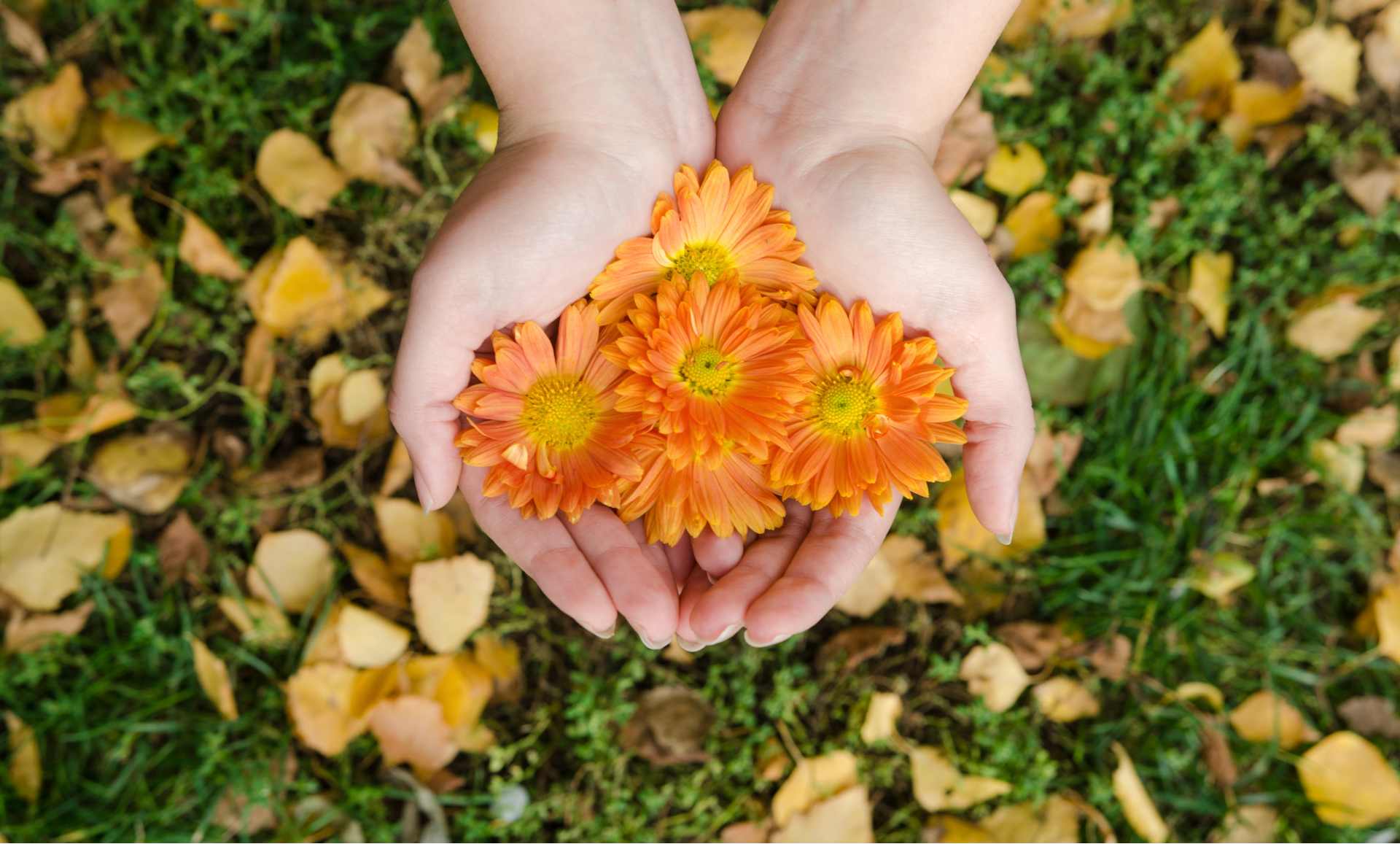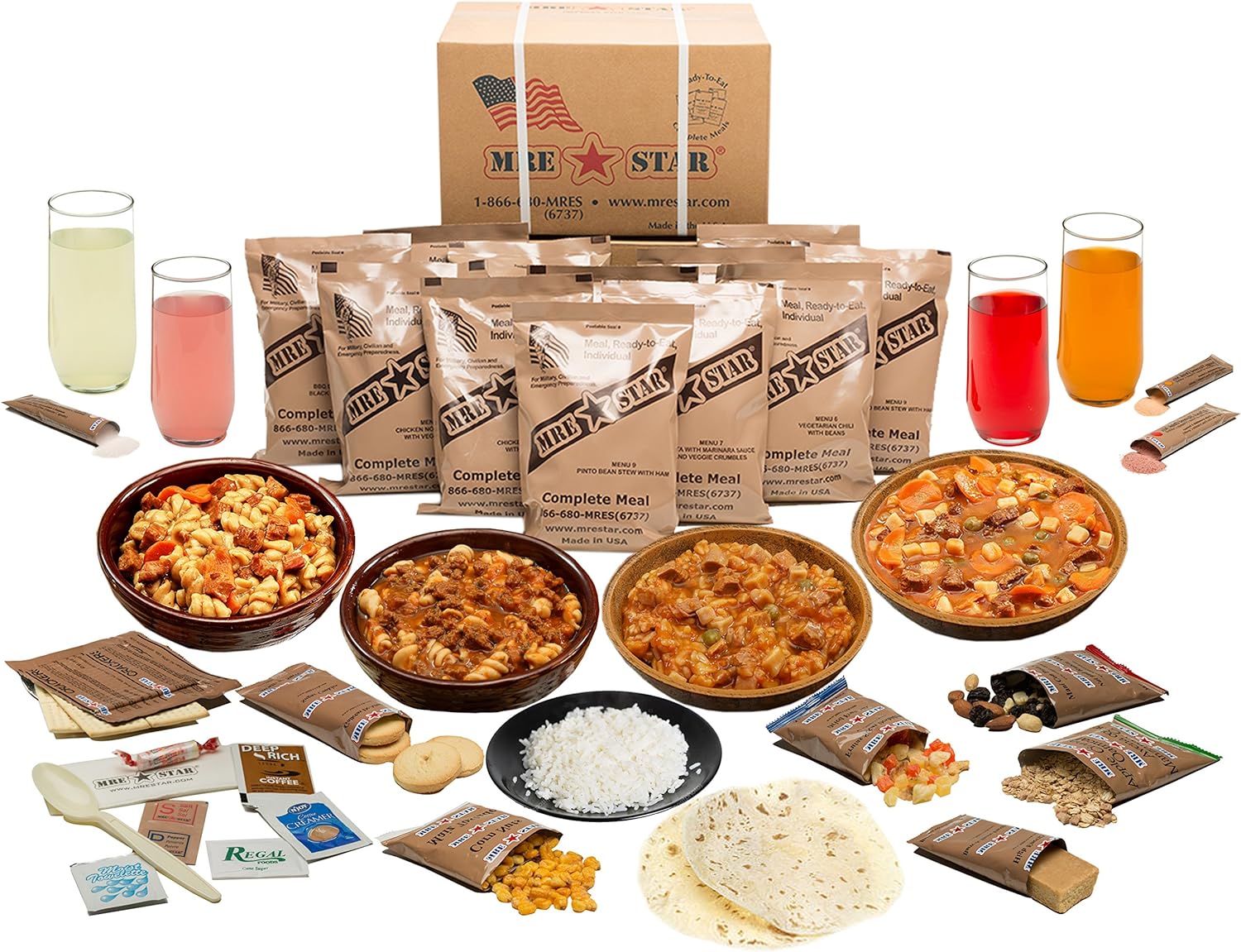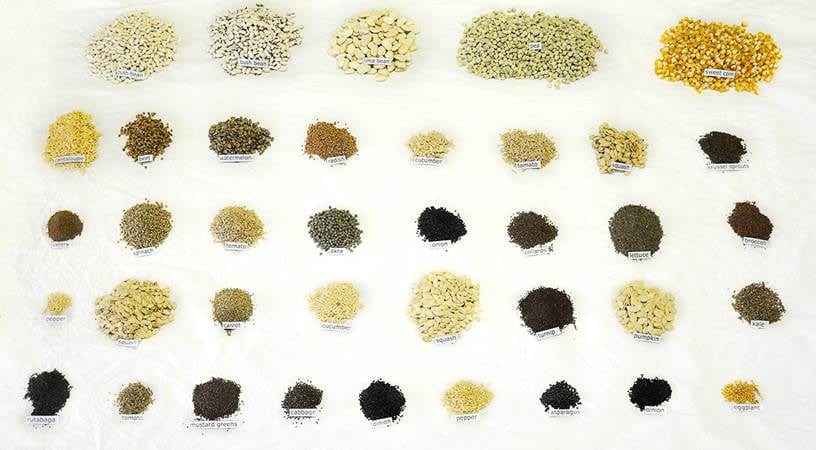As the world becomes more unpredictable, from infectious diseases to civil unrest, you want your family to stay intact in the convenience of your own home. You want the basic needs to be readily available as much as possible.
We can easily neglect our health, but keeping up with our bodies is essential for facing the future. Thus, your survival garden comes into place.
Planting medicinal plants is as important as harvesting your first crops.
A few plants have unique qualities that benefit our health, and a wide variety can be grown in your home garden.
Growing medicine is not just for those with green thumbs. If they receive adequate light and water, these natural treatments can be grown anywhere, whether in a small balcony or a garden with a vegetable patch.
8 Reasons You Should Grow Calendula
For many years, Calendula, known as pot marigold, has been prized for its usefulness in gardening, food, and medicine.
Yet, calendulas are more than a pretty face in an organic food garden.
Calendula (Calendula officinalis) is a plant that can handle any situation. Its vibrant flower petals make it eye-catching in a garden. Thanks to its healing abilities, it is a staple in a first-aid kit.
Due to its ease of cultivation and versatility as a medicinal plant, Calendula naturally finds its way into the gardens and hearts of all herb lovers.

1. Calendula and its Medicinal Uses
Calendula is well recognized for its calming effects on the skin. This is why it is frequently found in products ranging from the finest chemical-free sunscreens and the most effective natural deodorants to zero-waste lotion bars and the most potent natural deodorants.
Bright and vibrant flowers beautifully enhance every garden. Since the flowers drop their seeds, the plants can readily grow again year after year. Pollinators adore them as well!
- Calendula's therapeutic properties can benefit all types of wounds, including insect bites, bruises, blisters, cuts, and cold sores. It is applied topically to keep wounds clean and promote new tissue growth. It is frequently used for wounds not healing correctly and displaying discomfort, redness, or inflammation symptoms.
-
The healing herb effectively treats sunburns and other mild burns. Because of its role in UV protection, it may be included in sunscreen compositions as a prophylactic measure.
-
It has a stomach-protective function that enhances digestion by mending the gut wall while alleviating pain simultaneously.
-
Calendula's sensitivity can combat the persistent illness brought on by a transient cold or flu.
-
Thanks to its antibacterial characteristics, it can combat that persistent cough or congestion you can't seem to get rid of.
-
Calendula has been shown to increase the immune system's capacity to ward off infection. This is probably because Calendula has antibacterial properties, which slow or eliminate infection to stop it from spreading.
-
It calms eczema, dermatitis, and dandruff symptoms on the skin.
-
Calendula contributes to maintaining calm, hydrated skin by encouraging the development of collagen, a necessary protein for radiant skin. Although it has a powerful effect, its softness allows many people with sensitive skin to still benefit from its skincare properties.
-
Infant skin is delicate and sensitive, so parents frequently exercise caution when applying products to their newborns' rashes or irritations. However, because Calendula is so secure and helpful, it is often included in kid-friendly products.
- Researchers have shown that Calendula's anti-inflammatory and antioxidant properties considerably protect human skin cells from oxidative damage. An imbalance of potentially harmful atoms and antioxidants causes oxidative stress. Oxidative stress is a significant factor in the aging process and the emergence of numerous diseases.
-
Calendula promotes a quick, healthy healing process that is free of infection and encourages the development of healthy new tissue.
-
It also enhances blood flow to the wound.
2. Calendula is Easy to Grow
The seeds of Calendula, which can be grown from seed, resemble tiny, curved crescent moons. Just spread them out over the chosen area and lightly cover them with dirt to plant them.
Calendula flowers can also be successfully grown in containers. Although they are frequently called "pot marigolds," they shouldn't be confused with typical marigolds.
Calendula is a plant that thrives in practically any climate, can readily reseed itself, and frequently returns year after year. They could appear anywhere. You never know!
3. Calendula Blooms Throughout the Year
In most areas, Calendula thrives in milder climates, primarily in early spring and late fall. They will even develop and bloom in milder temperatures during the winter.
You will surely adore seeing gorgeous flowers on any given day and, as always, be relieved to see them in early spring. In some regions, they have thrived through several mild winters and are welcome on gloomy winter days.
4. Calendula Protects the Soil
While it can bloom all summer long in moderate areas, this flower does best in the milder months of spring and fall. Because it has deep, fibrous roots and grows in dense areas, it can be used as a cover crop or as a living mulch to protect the soil.
Plant seeds in the middle of the summer for a fall cover crop that will shield the soil from the winter. Alternatively, plant seeds for a spring cover crop or mulch in the fall.
It develops thickly before dying back naturally. When it does, biomass is added to the soil to improve it. However, you can pull it up to compost it before planting. You can leave it around your other crops as a trap crop.
5. Calendula Cleans Contaminated Soil
Calendulas also help the garden below ground, where they team up with fungi that live there to transform the plants into powerful soil-cleansing organisms.
Calendula has been discovered to help restore soil heavily contaminated with cadmium in China and the USA. Calendula cover crops also effectively controlled root-knot nematodes in Columbia and Spain.
6. Calendula Attracts Useful Insects
The flowers produce nectar and pollen to attract pollinators such as bees and butterflies. The nectar also attracts beneficial insects like ladybugs, dragonflies, lacewings, and the pests it ensnares.
These helpful insects remain even after mating, expanding the ecosystem's beneficial species.
7. Calendula Repels Pests
Most insects avoid the plants, which is consistent with one of the Calendula's historical applications as the foundation for insect sprays.
Based on several recent research, the idea of making calendula tea from the plant's flowers and leaves and using it as an insecticide spray is gaining new interest.
Calendulas planted with cabbage in Poland produced reduced pest, cabbageworm, and diamondback moth issues. In a recent study in India, Calendula extract decreased tobacco cutworm feeding.
8. Calendula is Edible
Although some find the flavor a little bitter, Calendula is a flower that may be eaten. Its flowers and leaves can be used fresh or dried in salads and other dishes. Salads, stir-fries, casseroles, soups, and rice can all benefit from the addition of calendula flowers. Like saffron, dried calendula petals can also be used as a spice.
Plant Companions for Calendula
Vegetables and specific flowers can benefit from companion planting with plants like Calendula, increasing your garden's output and helping each other out.
Bees and butterflies, two pollinators necessary for plant reproduction, are drawn to gardens by Calendula.
Calendula is a member of the Marigold family, and both plants are known for keeping pests out of vegetable gardens. They are advertised as having a scent that keeps bunnies away from prized greens and hides the aroma of other crops and flowers, acting as a barrier against pests.
They have helped prevent destructively:
-
Aphids
-
Popatoes bugs
-
Flying insects
-
Corn Earworms
-
Japanese beetles
-
Squash bugs
A chemical also repels damage-causing nematodes that marigolds release into the soil.
Calendula should be planted with the following:
-
Potatoes
-
Tomatoes
-
Cucumbers
-
Strawberries,
-
Peas
-
Carrots
-
Asparagus
-
Squash
-
Melons
-
Corn
-
Basil
-
lettuce greens
-
Peppers
The plant's eye-catching yellow and orange tones make a statement in the yard and can be elegantly coupled with complementary colors of other flowers in the garden landscape.
For striking appeal, try growing marigolds alongside these flowers:
-
Aster
-
Mums
-
Allium
-
Coreopsis
-
Roses
-
Salvia
-
Couple buttons
-
Lavender
-
Geranium
Collecting Seeds from Calendula Flowers

Because they are simple to gather and store, calendula plant seeds are excellent for seed saving because they prevent the need for repeated seed or plant purchases.
The first thing to do is leave some flowers on the plant to dry out until all the petals have dried up and fallen off, even though you have been deadheading the plant the entire season. Watch the flowerhead develop into the plant's seed pods, which are green bulges.
Wait patiently until the green crescents are dried, stiff, and curled. Remove them from the flowerhead gently, place them in a paper bag, and keep them somewhere cold and dry.






















































